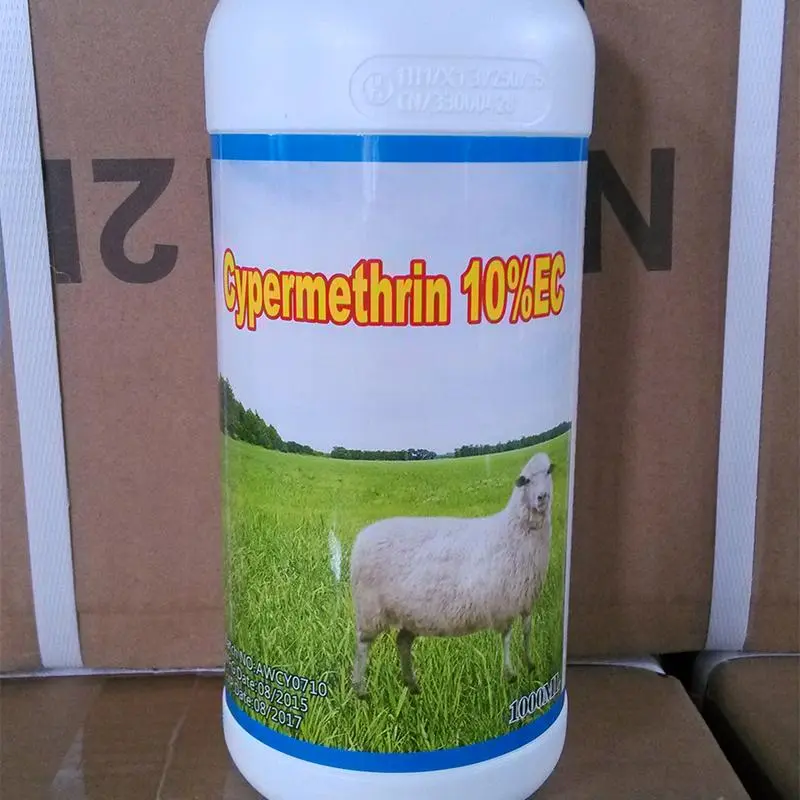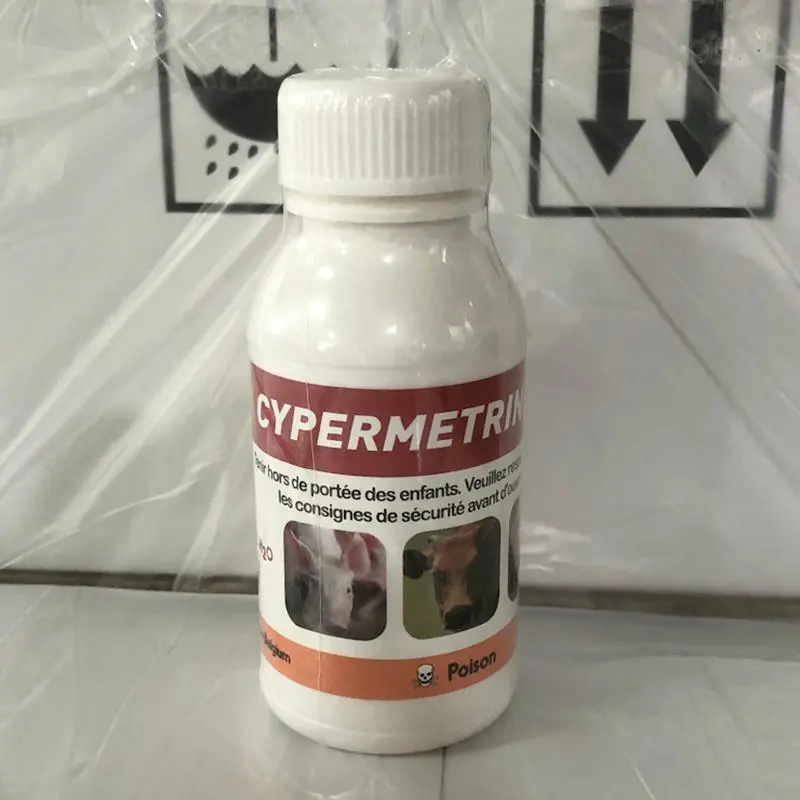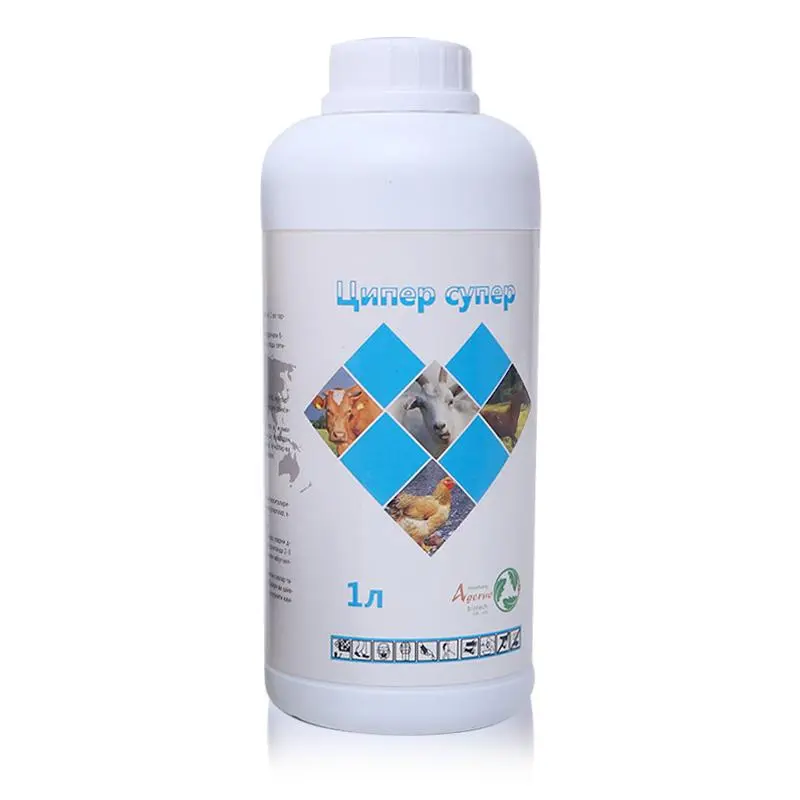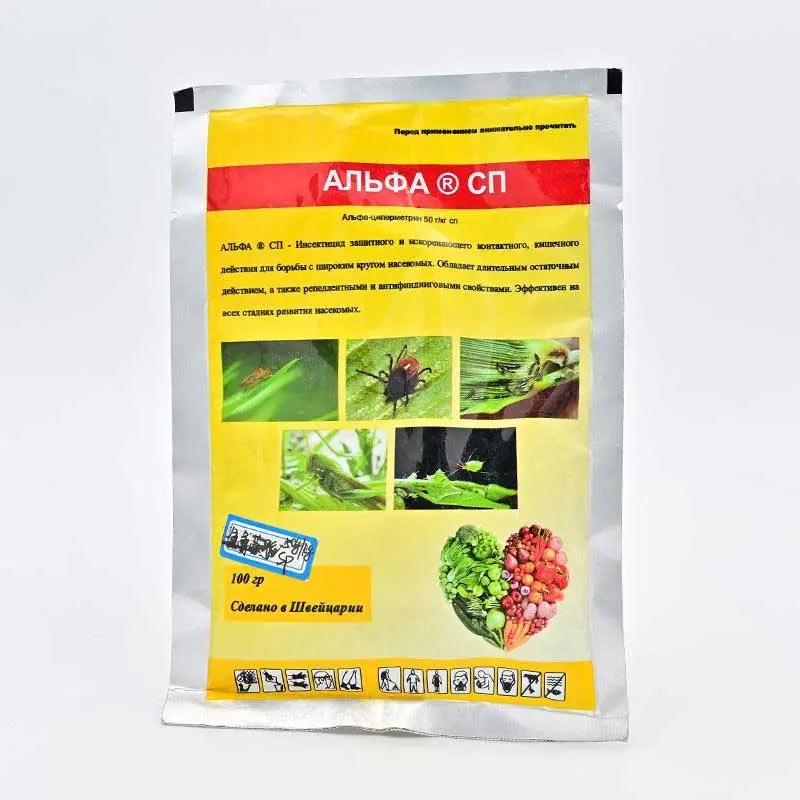Cypermethrin for Ants | An Effective Solution for Professional Ant Control
Why Target Ants with Cypermethrin?
If you’re managing pest infestations in residential, commercial, or agricultural settings, you already know that ants can be more than just a nuisance. They contaminate food, damage property, and in the case of certain species like carpenter ants or red imported fire ants, pose serious structural and safety risks.
Choosing the right insecticide is key to achieving long-term ant control. Cypermethrin, a synthetic pyrethroid, has proven to be highly effective against various ant species. This article will walk you through how Cypermethrin works, how it should be used for ant control, and how it compares to other treatment options in the market.
What Is Cypermethrin and How Does It Work on Ants?
Cypermethrin is a widely used insecticide classified under the pyrethroid family (IRAC Group 3A). It functions by disrupting sodium channels in the insect nervous system, leading to paralysis and death.
When ants come into contact with or ingest Cypermethrin, the active ingredient interferes with their nerve impulses, delivering a fast knockdown and effective elimination.
Key Features of Cypermethrin for Ant Control:
- Mode of Action: Sodium channel modulator (contact and ingestion)
- Residual Effect: Long-lasting protection on treated surfaces (up to 90 days)
- Fast Knockdown: Visible ant activity often stops within minutes or hours
- Low Mammalian Toxicity: Safe for use in homes and commercial settings when used as directed
- Non-Systemic: Works only where it is applied, ideal for spot and barrier treatments
How to Use Cypermethrin for Ant Control
Proper application is critical for maximizing the effectiveness of Cypermethrin in ant management. Here’s how you should use it:
1. Identify and Target Ant Trails and Nesting Sites
Locate visible trails, entry points, and nesting zones around:
- Baseboards
- Kitchen counters
- Outdoor perimeters (sidewalks, foundations)
- Cracks and crevices in walls or flooring
2. Application Methods
Cypermethrin is available in several formulations suitable for ant control:
- 10% EC or 25% EC: Mix with water and spray along ant trails, cracks, and perimeters
- 5% SC or WP: For long-lasting indoor/outdoor barrier treatment
- Aerosol or ready-to-use (RTU) sprays: Spot treatment for visible colonies or indoor trails
3. Recommended Use Rates
Always follow product label instructions, but typical rates include:
- For EC formulation: 20–40 ml per 5 liters of water for perimeter spraying
- For WP/SC: Apply at 1–2 g/m² or as a diluted spray, depending on infestation level
4. Indoor Use
- Use as a crack-and-crevice treatment along baseboards and door frames
- Avoid treating areas that come into direct contact with food
5. Outdoor Use
- Spray around foundations, garden edges, garbage storage, and ant hills
- Reapply every 2–3 months or after heavy rains
Effectiveness of Cypermethrin Against Different Ant Species
Cypermethrin is effective against most common household and invasive ants, including:
| Ant Species | Effectiveness of Cypermethrin |
|---|---|
| Argentine Ants | High |
| Carpenter Ants | Very High |
| Odorous House Ants | Moderate to High |
| Red Imported Fire Ants | High (surface treatment only) |
| Pavement Ants | High |
| Pharaoh Ants | Moderate (use with IGRs) |
Note: Pharaoh ants often require combination treatments, as they may “bud” and form new colonies when stressed by pyrethroids.
Advantages of Using Cypermethrin for Ants
- Broad Spectrum: Effective against both crawling and flying pests
- Fast Action: Quick kill with visible reduction in ant activity
- Residual Control: Prevents re-infestation for several weeks
- Multiple Formulations: Available in EC, SC, WP, aerosol, RTU
- Cost-Effective: Affordable for large-scale and perimeter applications
Limitations and Resistance Considerations
While Cypermethrin is highly effective, there are a few limitations to be aware of:
- Some ant colonies may relocate if not entirely eradicated.
- Pyrethroid resistance has been observed in some insect populations over time.
- It is repellent to ants at high concentrations, which may cause scattering instead of colony collapse.
To address these limitations, it is recommended to:
- Combine with Insect Growth Regulators (IGRs) for full colony disruption
- Use baits in combination with Cypermethrin sprays
- Rotate with non-pyrethroid actives if resistance is suspected
Alternative Actives for Ant Control
| Active Ingredient | Mode of Action | Strengths |
|---|---|---|
| Fipronil | GABA blocker (Group 2B) | Non-repellent, ideal for colony transfer |
| Imidacloprid | Neonicotinoid (Group 4A) | Strong ingestion toxicity |
| Hydramethylnon | Mitochondrial disruptor | Slow-acting bait, effective against queens |
| Methoprene (IGR) | Juvenile hormone analog | Disrupts reproduction |
Conclusion: Should You Use Cypermethrin for Ants?
If you’re looking for a fast-acting, broad-spectrum, and affordable solution for ant control in both indoor and outdoor environments, Cypermethrin is an excellent choice. It’s particularly suitable for:
- Perimeter treatments
- Entry-point protection
- Direct spray against nests and foraging trails
However, for long-term colony elimination, especially for difficult species like Pharaoh ants or fire ants, combining Cypermethrin with baits or IGRs is advised for optimal results.
Partner with Us for Bulk Cypermethrin Supply
At POMAIS, we offer a full range of Cypermethrin insecticide formulations tailored for B2B clients:
- Available Concentrations: 5%, 10%, 25% EC / 5% SC / WP / aerosol / RTU
- Custom Packaging and Labeling for local markets
- Free Samples for quality testing
- Registration Support (COA, MSDS, TDS, SDS, WHO standards)
Contact us today to request pricing, samples, or technical consultation.
Why Target Ants with Cypermethrin?
If you’re managing pest infestations in residential, commercial, or agricultural settings, you already know that ants can be more than just a nuisance. They contaminate food, damage property, and in the case of certain species like carpenter ants or red imported fire ants, pose serious structural and safety risks.
Choosing the right insecticide is key to achieving long-term ant control. Cypermethrin, a synthetic pyrethroid, has proven to be highly effective against various ant species. This article will walk you through how Cypermethrin works, how it should be used for ant control, and how it compares to other treatment options in the market.
What Is Cypermethrin and How Does It Work on Ants?
Cypermethrin is a widely used insecticide classified under the pyrethroid family (IRAC Group 3A). It functions by disrupting sodium channels in the insect nervous system, leading to paralysis and death.
When ants come into contact with or ingest Cypermethrin, the active ingredient interferes with their nerve impulses, delivering a fast knockdown and effective elimination.
Key Features of Cypermethrin for Ant Control:
- Mode of Action: Sodium channel modulator (contact and ingestion)
- Residual Effect: Long-lasting protection on treated surfaces (up to 90 days)
- Fast Knockdown: Visible ant activity often stops within minutes or hours
- Low Mammalian Toxicity: Safe for use in homes and commercial settings when used as directed
- Non-Systemic: Works only where it is applied, ideal for spot and barrier treatments
How to Use Cypermethrin for Ant Control
Proper application is critical for maximizing the effectiveness of Cypermethrin in ant management. Here’s how you should use it:
1. Identify and Target Ant Trails and Nesting Sites
Locate visible trails, entry points, and nesting zones around:
- Baseboards
- Kitchen counters
- Outdoor perimeters (sidewalks, foundations)
- Cracks and crevices in walls or flooring
2. Application Methods
Cypermethrin is available in several formulations suitable for ant control:
- 10% EC or 25% EC: Mix with water and spray along ant trails, cracks, and perimeters
- 5% SC or WP: For long-lasting indoor/outdoor barrier treatment
- Aerosol or ready-to-use (RTU) sprays: Spot treatment for visible colonies or indoor trails
3. Recommended Use Rates
Always follow product label instructions, but typical rates include:
- For EC formulation: 20–40 ml per 5 liters of water for perimeter spraying
- For WP/SC: Apply at 1–2 g/m² or as a diluted spray, depending on infestation level
4. Indoor Use
- Use as a crack-and-crevice treatment along baseboards and door frames
- Avoid treating areas that come into direct contact with food
5. Outdoor Use
- Spray around foundations, garden edges, garbage storage, and ant hills
- Reapply every 2–3 months or after heavy rains
Effectiveness of Cypermethrin Against Different Ant Species
Cypermethrin is effective against most common household and invasive ants, including:
| Ant Species | Effectiveness of Cypermethrin |
|---|---|
| Argentine Ants | High |
| Carpenter Ants | Very High |
| Odorous House Ants | Moderate to High |
| Red Imported Fire Ants | High (surface treatment only) |
| Pavement Ants | High |
| Pharaoh Ants | Moderate (use with IGRs) |
Note: Pharaoh ants often require combination treatments, as they may “bud” and form new colonies when stressed by pyrethroids.
Advantages of Using Cypermethrin for Ants
- Broad Spectrum: Effective against both crawling and flying pests
- Fast Action: Quick kill with visible reduction in ant activity
- Residual Control: Prevents re-infestation for several weeks
- Multiple Formulations: Available in EC, SC, WP, aerosol, RTU
- Cost-Effective: Affordable for large-scale and perimeter applications
Limitations and Resistance Considerations
While Cypermethrin is highly effective, there are a few limitations to be aware of:
- Some ant colonies may relocate if not entirely eradicated.
- Pyrethroid resistance has been observed in some insect populations over time.
- It is repellent to ants at high concentrations, which may cause scattering instead of colony collapse.
To address these limitations, it is recommended to:
- Combine with Insect Growth Regulators (IGRs) for full colony disruption
- Use baits in combination with Cypermethrin sprays
- Rotate with non-pyrethroid actives if resistance is suspected
Alternative Actives for Ant Control
| Active Ingredient | Mode of Action | Strengths |
|---|---|---|
| Fipronil | GABA blocker (Group 2B) | Non-repellent, ideal for colony transfer |
| Imidacloprid | Neonicotinoid (Group 4A) | Strong ingestion toxicity |
| Hydramethylnon | Mitochondrial disruptor | Slow-acting bait, effective against queens |
| Methoprene (IGR) | Juvenile hormone analog | Disrupts reproduction |
Conclusion: Should You Use Cypermethrin for Ants?
If you’re looking for a fast-acting, broad-spectrum, and affordable solution for ant control in both indoor and outdoor environments, Cypermethrin is an excellent choice. It’s particularly suitable for:
- Perimeter treatments
- Entry-point protection
- Direct spray against nests and foraging trails
However, for long-term colony elimination, especially for difficult species like Pharaoh ants or fire ants, combining Cypermethrin with baits or IGRs is advised for optimal results.
Partner with Us for Bulk Cypermethrin Supply
At POMAIS, we offer a full range of Cypermethrin insecticide formulations tailored for B2B clients:
- Available Concentrations: 5%, 10%, 25% EC / 5% SC / WP / aerosol / RTU
- Custom Packaging and Labeling for local markets
- Free Samples for quality testing
- Registration Support (COA, MSDS, TDS, SDS, WHO standards)
Contact us today to request pricing, samples, or technical consultation.

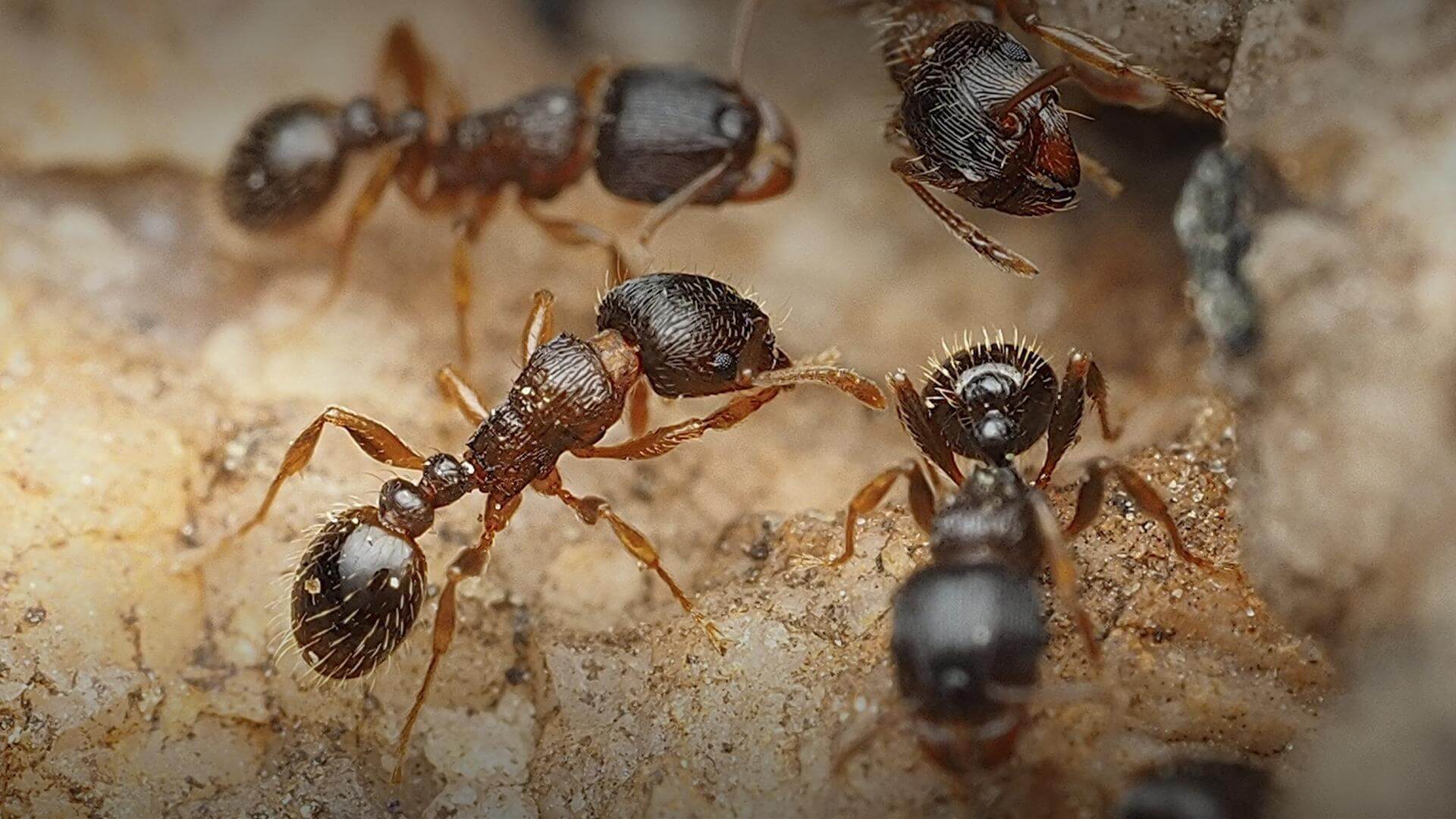
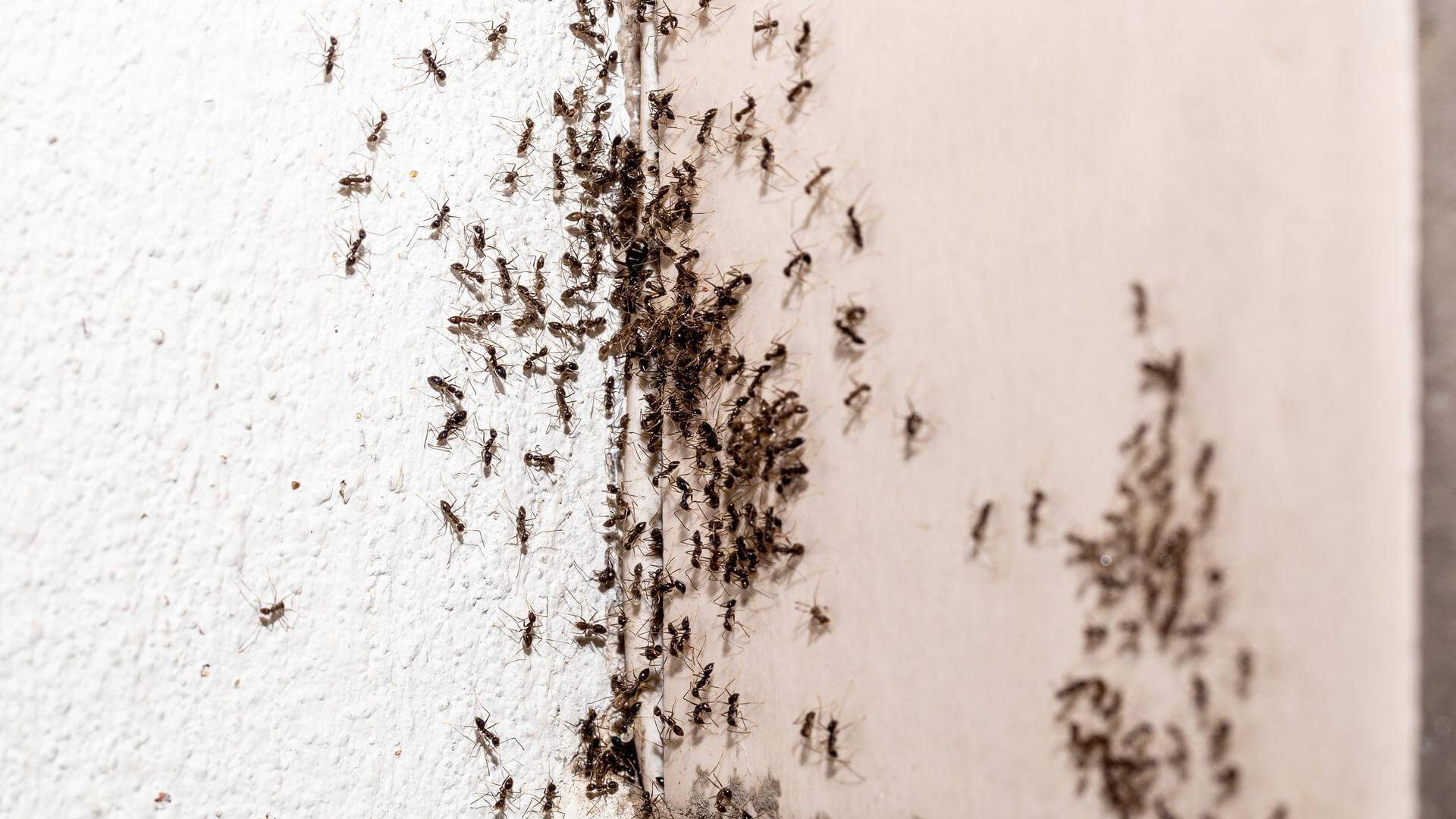
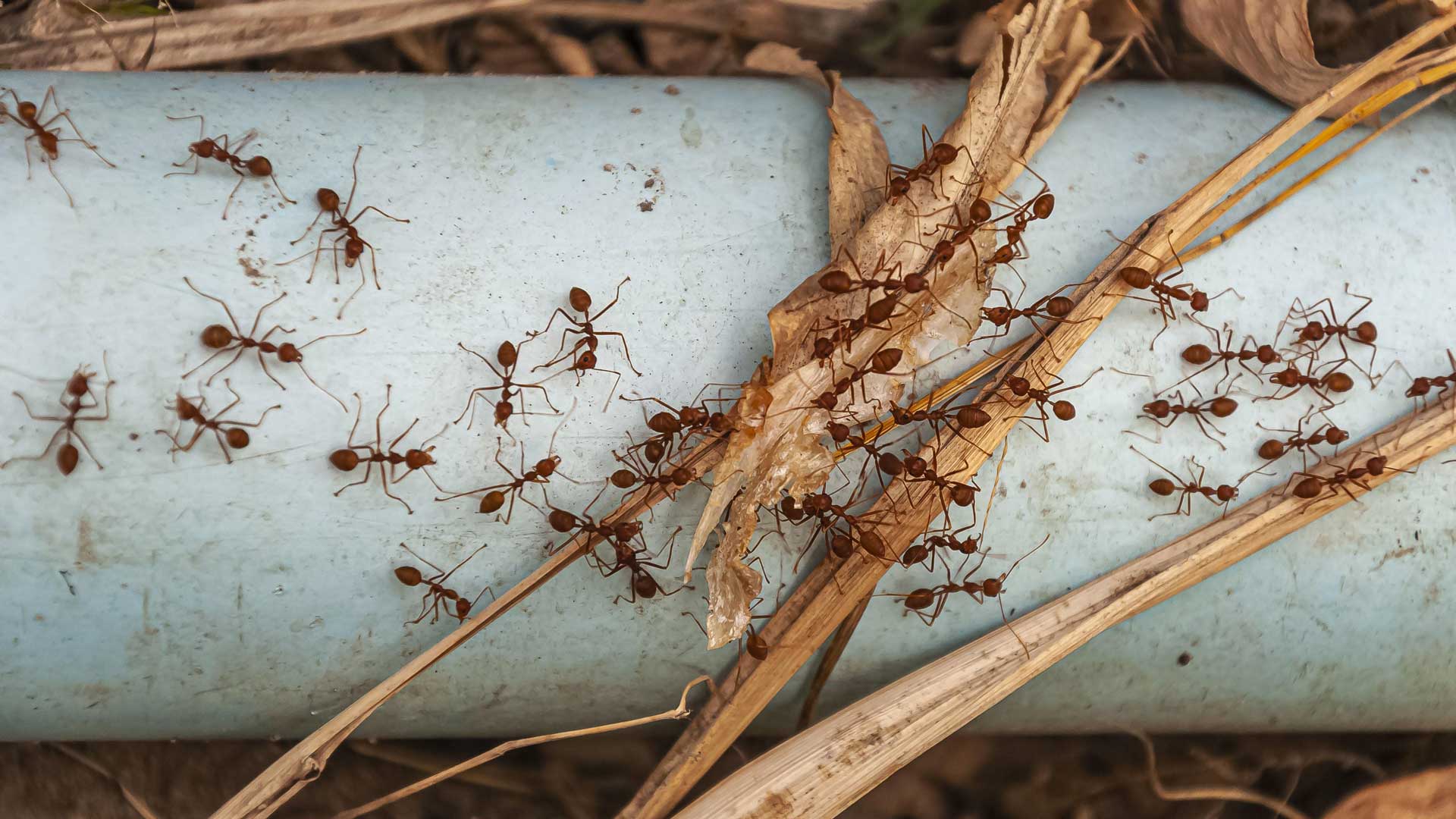
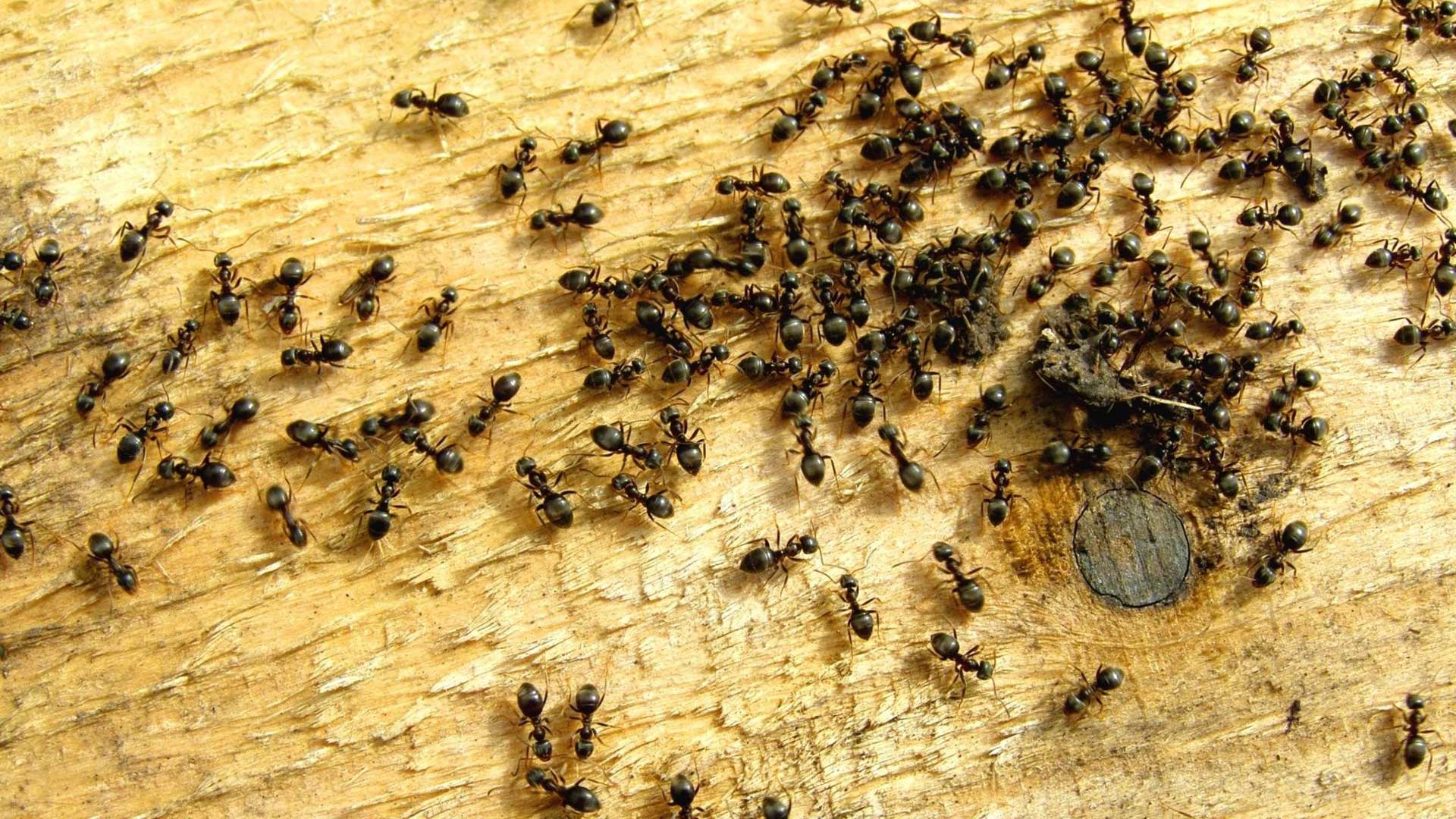
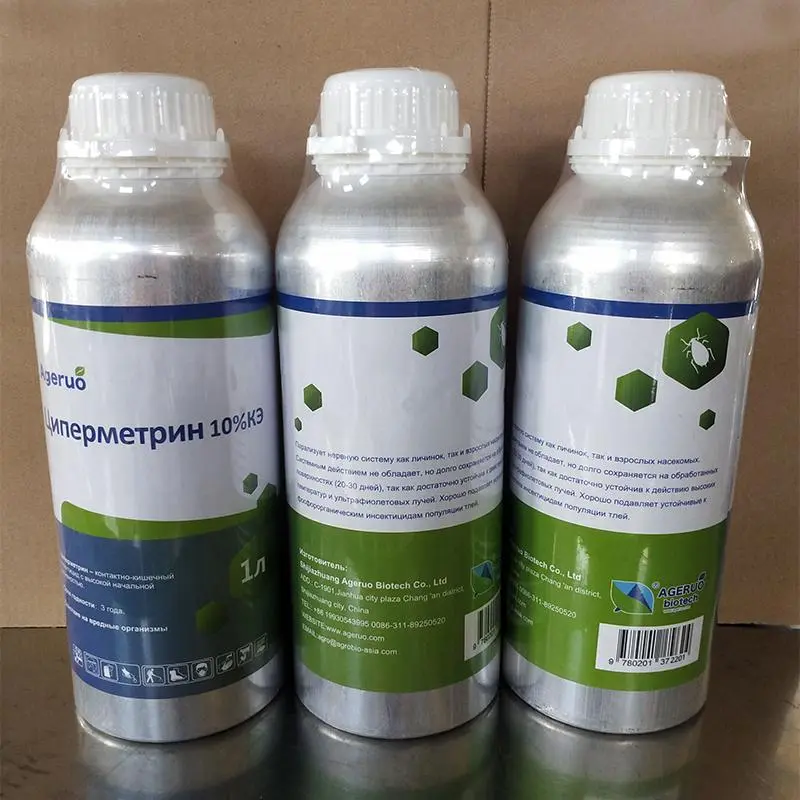

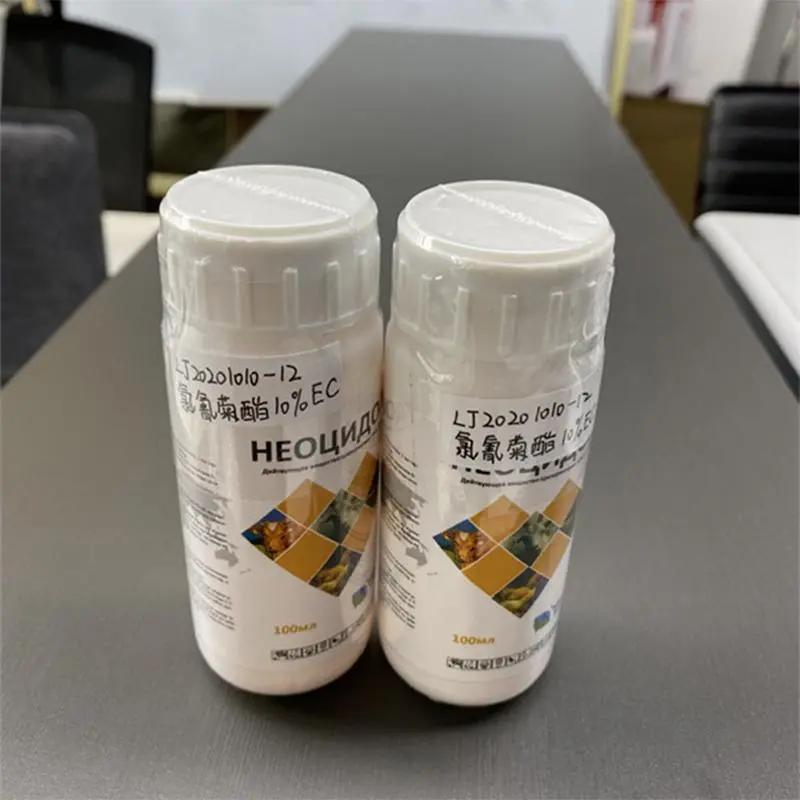
.webp)
